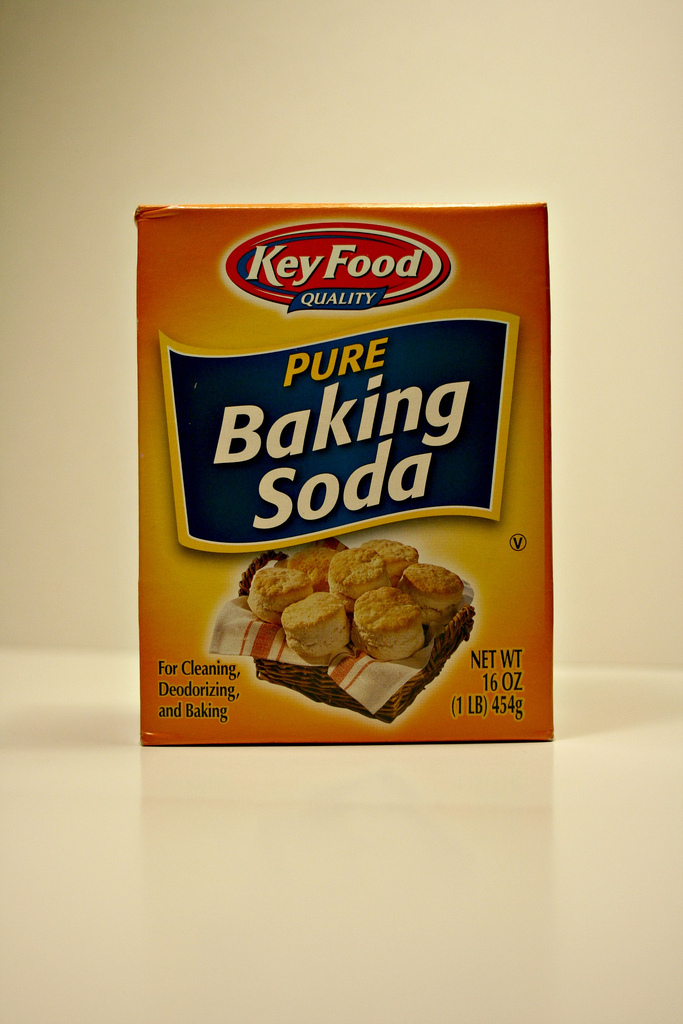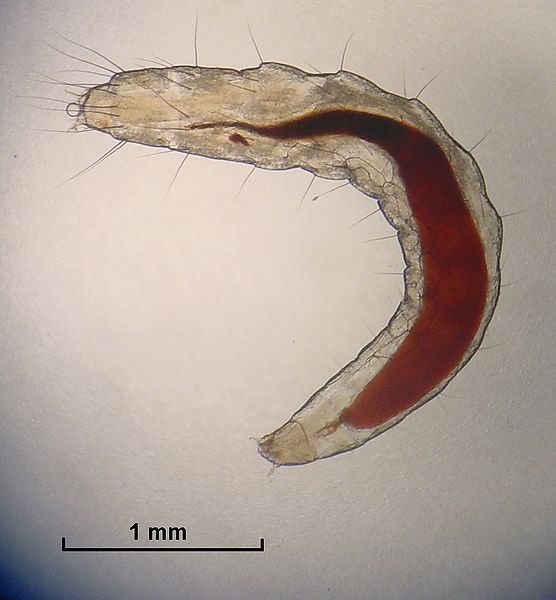It’s a common assumption that heavy chemical-based insecticides are necessary to treat flea infestations. While there are certainly some powerful chemicals on the market designed specifically for fleas, there are also some home remedies which work just as well, if not better.
You might be surprised to learn that baking soda (yes, the powdery stuff that you cook with) is a highly effective flea treatment product. Whether you’re dealing with a minor or severe infestation, sprinkling some of this stuff throughout your home will start reduce the flea population so you can regain control of your home.
Benefits of Treating Fleas With Baking Soda
- Non-toxic (great treatment option for homeowners with pets)
- Inexpensive
- Works fast
- Easy to clean up
- Protects against other unwanted insects as well
How Does Baking Soda Treat Fleas?
Unlike most insecticides on the market, baking soda doesn’t kill fleas by poisoning them. Instead, it kills them by literally sucking all of the moisture from their bodies. When a flea jumps or walks into a thin layer of baking soda, they will immediately dry out. It’s this near-instant dehydration that causes the flea to die.
Since baking soda is all-natural and safe for consumption, you don’t have to worry about your pets getting into it. Even if they happen to lick some up, it won’t create any adverse health effects. This is one of the reasons why I recommend baking soda for families with pets who are struggling with flea infestations.
Steps To Treating Your Home With Baking Soda
There’s really no wrong way to use baking soda as a flea treatment product. Some people use it to spot treat “problem” areas n their home, while others use it more generously. How you choose to use it is entirely up to you.
With that said, it’s best to create a light layer of baking soda on areas of your home where flea activity is high. If you’ve noticed a lot of fleas on your living room furniture, then perhaps you can sprinkle some baking soda throughout he floor. You don’t have to use it on the actual furniture, but you should keep a layer of baking soda on the floor. Once you’ve successfully treated the infestation, vacuum up the remaining baking soda.
Did the baking soda method work for you? Let us know in the comments section below!


